Few vegetables feel as crisp, cool, and refreshing as the humble cucumber. Whether you’re tossing it into salads, blending it into smoothies, or using it to infuse your water, cucumbers are a symbol of freshness in American kitchens. They’re light, hydrating, and incredibly versatile — perfect for summer barbecues, healthy snacking, and even skincare routines.
In this comprehensive guide, we’ll explore everything you need to know about cucumbers — from their history and health benefits to how to grow them in your own backyard and creative ways to enjoy them every day.
What Is a Cucumber?
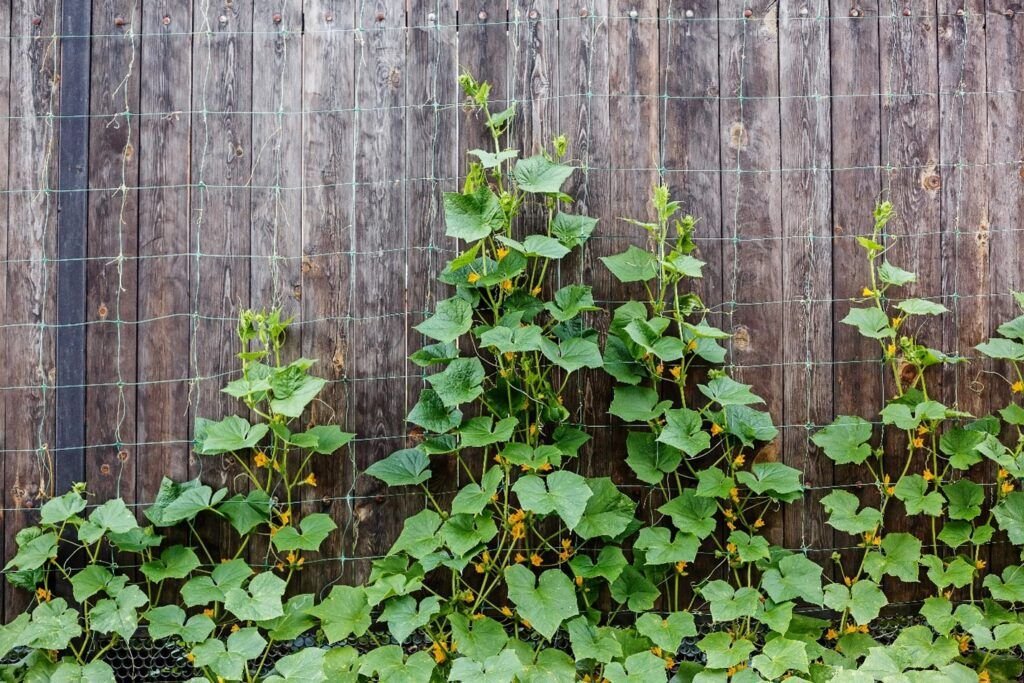
Cucumbers (Cucumis sativus) belong to the gourd family, which also includes pumpkins, melons, and squash. They are technically a fruit — since they develop from flowers and contain seeds — but they’re commonly treated as a vegetable in culinary use.
Cucumbers originated in South Asia over 3,000 years ago, but today they’re one of the most popular produce items in the United States. Americans consume millions of cucumbers each year, whether fresh, pickled, or juiced. Their mild flavor and crisp texture make them a favorite addition to countless recipes and wellness routines.
Nutritional Value of Cucumbers
Cucumbers may be made up of about 95% water, but they still deliver valuable nutrients with every bite. Here’s what one cup (104 grams) of sliced cucumber with the peel provides:
- Calories: 16
- Carbohydrates: 4 grams
- Protein: 0.8 grams
- Fat: 0.1 grams
- Fiber: 0.5 grams
- Vitamin C: 14% of the Daily Value (DV)
- Vitamin K: 62% of the DV
- Magnesium: 4% of the DV
- Potassium: 4% of the DV
Low in calories but rich in hydration and essential vitamins, cucumbers are ideal for anyone looking to maintain a healthy, balanced diet.
Health Benefits of Cucumbers
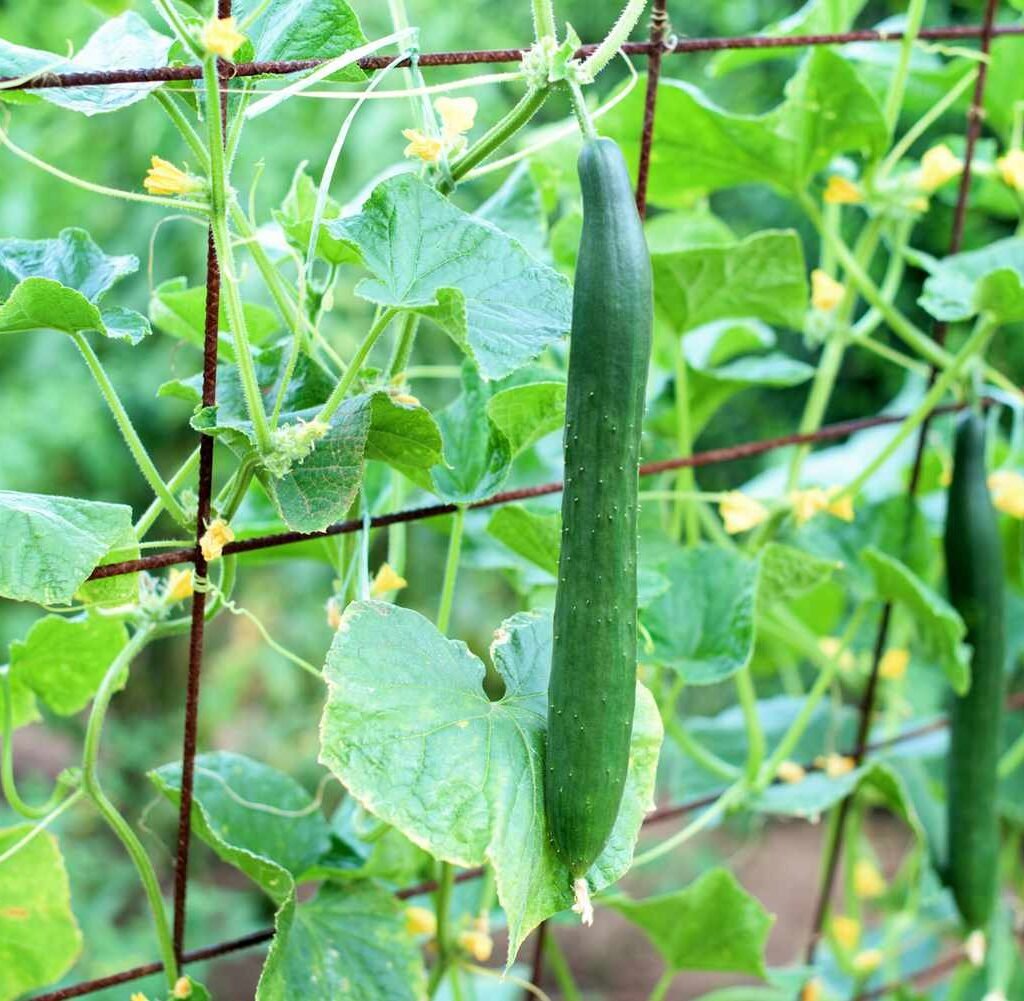
1. Keeps You Hydrated
Because cucumbers are mostly water, they’re a delicious and refreshing way to boost your hydration. Eating cucumbers can help maintain electrolyte balance, especially during hot American summers or after workouts.
2. Aids in Weight Management
Cucumbers are low in calories but high in water and fiber, which can help you feel full longer. They make the perfect crunchy snack if you’re watching your calorie intake or trying to lose weight.
3. Promotes Healthy Skin
Cucumbers are rich in antioxidants like vitamin C and caffeic acid, which help reduce puffiness and soothe irritation. That’s why cucumber slices are a spa-day staple — they refresh tired eyes and hydrate the skin naturally.
4. Supports Heart Health
The potassium and magnesium in cucumbers can help regulate blood pressure and support cardiovascular function, reducing your risk of heart disease.
5. Helps with Digestion
The fiber content in cucumbers — especially if you eat the peel — aids in digestion and keeps your gut healthy. Pair them with probiotic-rich foods like yogurt for an extra digestive boost.
6. May Help Reduce Inflammation
Cucumbers contain flavonoids and tannins, compounds known for their anti-inflammatory effects. Regular consumption can help fight oxidative stress and chronic inflammation.
Popular Types of Cucumbers in America
There’s more than one kind of cucumber! Here are the most common varieties you’ll find in American markets:
1. Slicing Cucumbers
These are the standard cucumbers sold in grocery stores — long, smooth-skinned, and perfect for salads and sandwiches.
2. English Cucumbers
Also called seedless cucumbers or hothouse cucumbers, these are wrapped in plastic to keep their thin skin from drying out. They’re mild and slightly sweeter than regular varieties.
3. Pickling Cucumbers
Shorter and bumpier than slicing types, pickling cucumbers (like Kirby cucumbers) are ideal for making homemade pickles because they stay crunchy after brining.
4. Persian Cucumbers
Smaller and thinner than English cucumbers, Persian cucumbers are known for their delicate skin and crisp texture. They’re often used in Middle Eastern and Mediterranean dishes.
How to Grow Cucumbers in Your Backyard
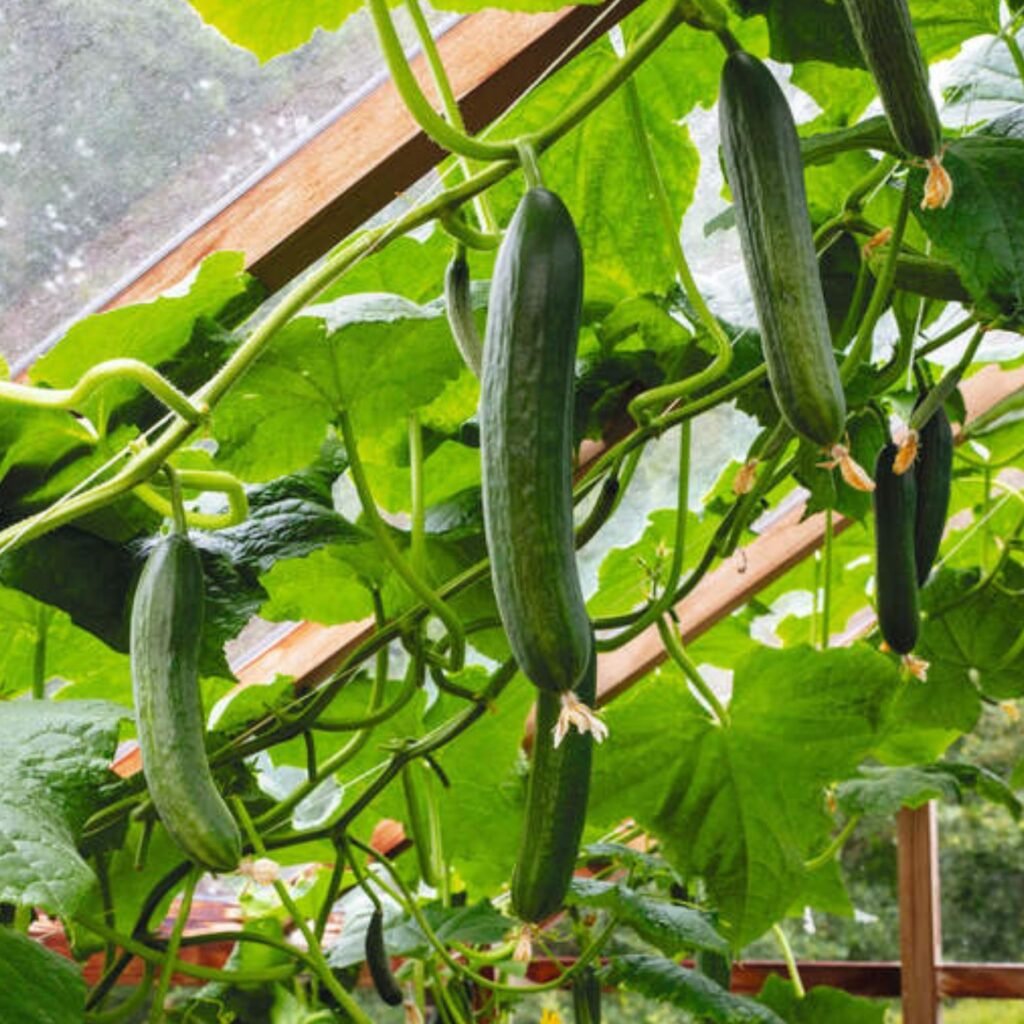
Cucumbers are among the easiest vegetables to grow, making them a favorite in American home gardens. Here’s a quick guide to help you get started:
1. Choose the Right Location
Cucumbers love warm weather and full sunlight, so pick a sunny spot that gets at least 6–8 hours of direct sunlight each day.
2. Prepare the Soil
They thrive in well-draining, nutrient-rich soil with a pH between 6.0 and 7.0. Add compost or aged manure to boost fertility and improve texture.
3. Planting
You can start cucumber seeds indoors 3–4 weeks before the last frost or sow them directly outdoors once temperatures stay above 70°F. Plant seeds about 1 inch deep and 12 inches apart.
4. Watering
Keep the soil consistently moist, but avoid overwatering. Cucumbers need about 1 inch of water per week — more during hot spells. Water at the base to prevent fungal diseases.
5. Support and Space
For vining varieties, use a trellis or garden fence to save space and keep the fruits off the ground. Bush varieties are ideal for containers or small gardens.
6. Harvesting
Cucumbers grow quickly! Most are ready to harvest in 50–70 days after planting. Pick them when they’re firm, green, and about 6–8 inches long. Leaving them too long can make them bitter.
Tasty and Creative Ways to Enjoy Cucumbers

Cucumbers are more than just a salad ingredient — they’re incredibly versatile. Here are some refreshing and healthy ways Americans love to use cucumbers:
1. Classic Cucumber Salad
Combine sliced cucumbers with red onions, vinegar, salt, pepper, and a touch of sugar for a tangy, crunchy side dish perfect for barbecues and picnics.
2. Cucumber Lemon Water
Add cucumber slices and lemon to your water pitcher for a naturally flavored detox drink that keeps you hydrated all day.
3. Greek Tzatziki Sauce
Blend grated cucumber with Greek yogurt, garlic, olive oil, and dill for a creamy dip that pairs perfectly with grilled meats or pita bread.
4. Cucumber Sushi Rolls
Replace rice with thin cucumber slices for a low-carb, refreshing take on sushi rolls — great for keto or paleo diets.
5. Cucumber Smoothies
Blend cucumbers with spinach, apple, and a squeeze of lime for a hydrating green smoothie packed with nutrients.
6. Pickled Cucumbers
Make your own pickles at home! Combine vinegar, water, sugar, garlic, dill, and mustard seeds for a zesty snack or sandwich topping.
7. Cucumber Avocado Toast
Top your avocado toast with thin cucumber slices, chili flakes, and a drizzle of olive oil for a crunchy, nutritious breakfast.
Cucumber in Skincare and Wellness

Beyond the kitchen, cucumbers have long been a beauty secret. Their cooling and hydrating properties make them a favorite in natural skincare.
DIY Cucumber Face Mask
Blend one cucumber with a tablespoon of aloe vera gel. Apply the mixture to your face for 10–15 minutes to refresh and hydrate tired skin.
Cucumber Eye Pads
Place chilled cucumber slices on your eyes to reduce puffiness and dark circles — a simple trick loved by Americans and beauty experts alike.
Cucumber Toner
Mix cucumber juice with rose water for a gentle, refreshing facial toner that tightens pores and soothes irritation.
Storage Tips for Cucumbers
To keep cucumbers fresh:
- Store them in the crisper drawer of your refrigerator, wrapped in a paper towel and placed in a plastic bag.
- Avoid storing cucumbers near fruits like apples or bananas — they emit ethylene gas, which causes cucumbers to spoil faster.
- For the longest freshness, use cucumbers within a week of purchase.
Fun Facts About Cucumbers
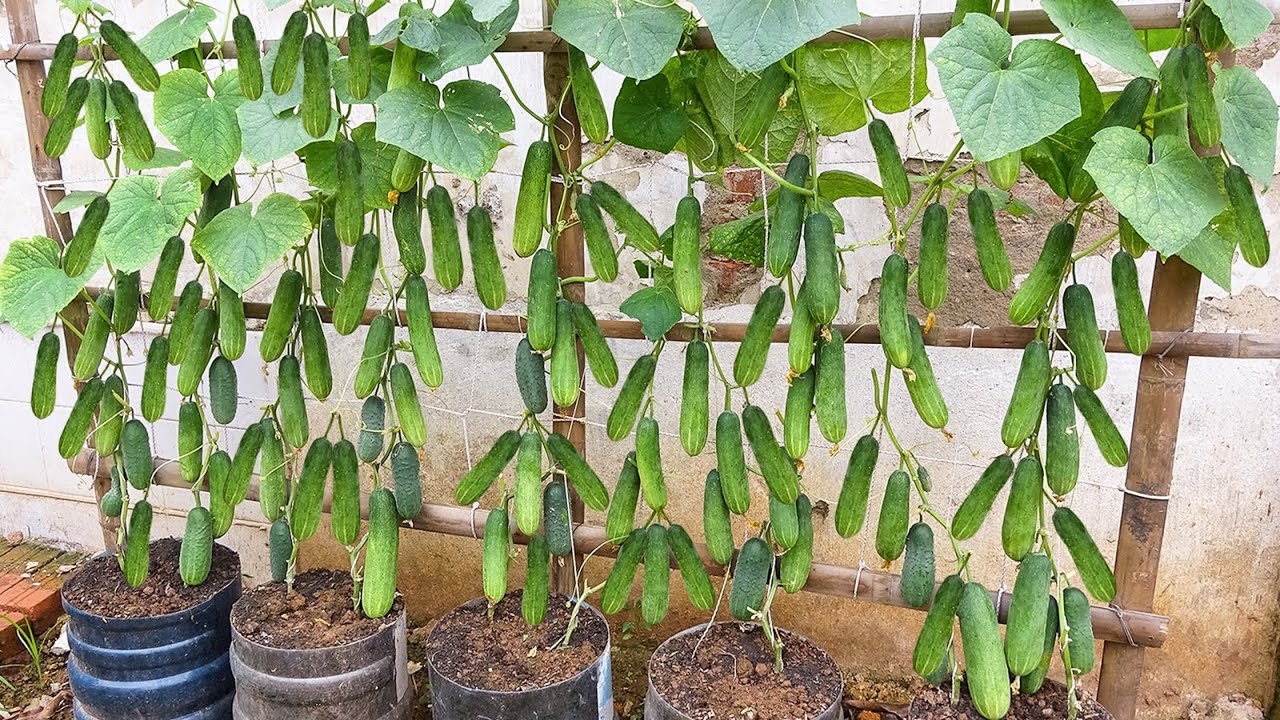
- The world’s longest cucumber on record measured over 42 inches long!
- Ancient Egyptians used cucumbers as part of their beauty routines and diets over 3,000 years ago.
- The phrase “cool as a cucumber” comes from the vegetable’s natural cooling effect on the body.
- In the U.S., National Cucumber Day is celebrated on July 27th, right in the middle of cucumber season.
Cucumber Nutrition vs. Other Veggies
| Vegetable | Calories per cup | Water Content | Key Nutrient |
|---|---|---|---|
| Cucumber | 16 | 95% | Vitamin K |
| Carrot | 50 | 88% | Beta-Carotene |
| Tomato | 32 | 94% | Vitamin C |
| Celery | 14 | 95% | Potassium |
Cucumbers stand out for their high water content and low calorie count, making them one of the most refreshing and hydrating vegetables available.
Conclusion: Why Cucumbers Deserve a Spot in Every American Kitchen
Whether you’re growing them in your garden, slicing them into a salad, or relaxing with cucumber-infused water, this versatile vegetable brings freshness and health to your daily life. Packed with nutrients, hydration, and countless culinary possibilities, cucumbers prove that eating well doesn’t have to be complicated.
From garden beds to grocery stores, cucumbers continue to be one of America’s favorite veggies — cool, crisp, and endlessly creative. So, next time you’re at the market, grab a few and join the cucumber craze — your taste buds and your body will thank you!
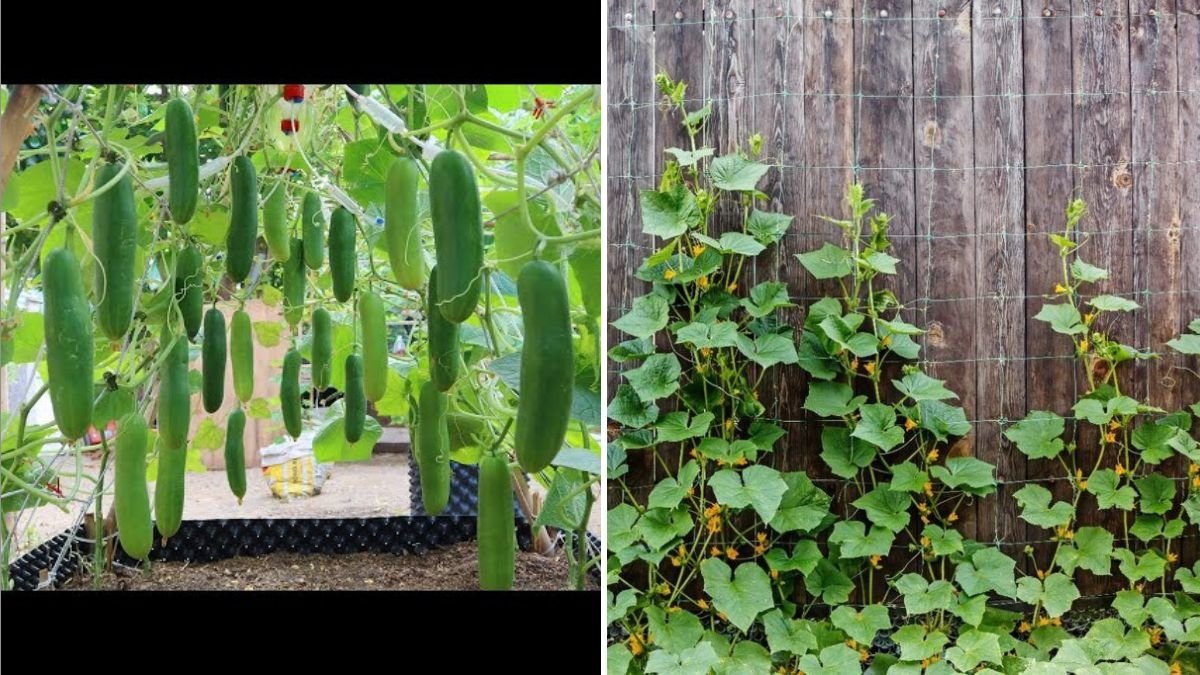





Leave A Comment